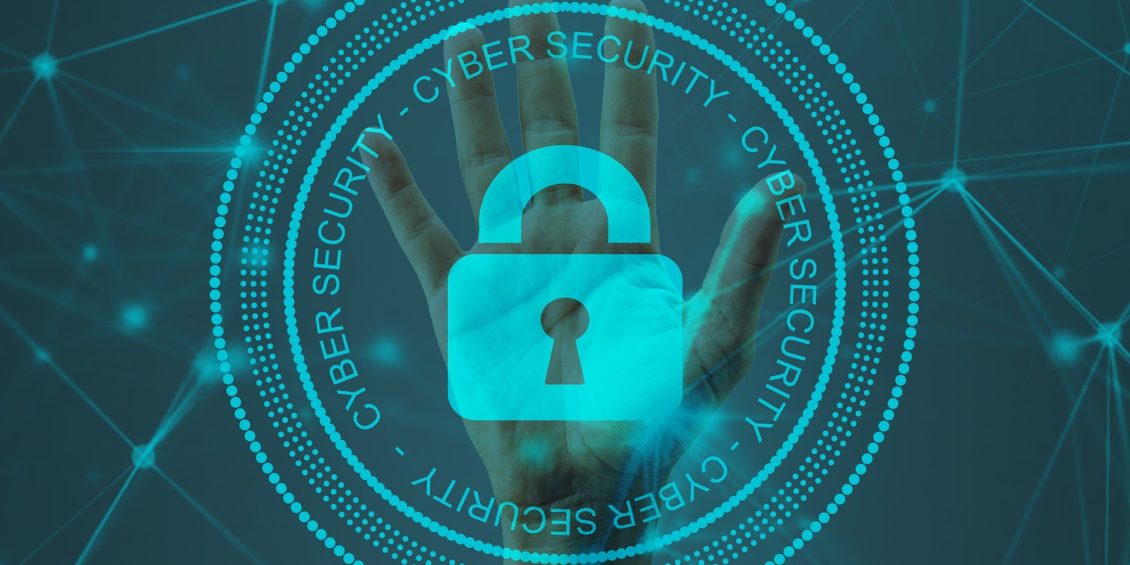
We at Chargebacks911 teamed up with the Center for Cyber Safety & Education to help promote Cyber Safety Day Tampa Bay, which took place on January 25, 2022. Through the event, hundreds of students across the Tampa Bay area received free education about making smart choices when it comes to internet safety.
Cybersecurity professionals gave students advice on how to navigate the internet safely. They provided tools and resources on topics like cyberbullying, social media, gaming, and more.
Of course, cybersecurity isn’t something you should only think about one day a year. So, let’s discuss what cyber security is, why it’s important, and how you can use it to help protect your kids from bad actors online.
Why Cyber Safety Is so Important
Did you know that 40% of children in grades 4 through 8 have connected or chatted online with a stranger at least once? That’s according to a survey by the Center for Cyber Safety & Education.
The ease of access to young people online poses a significant danger. Other shocking stats from the Center include:
- 8% the portion of tween-age kids who’ve posted a selfie online or texted one to another user.
- 6% the portion of tweens who’ve made a credit purchase online without parental knowledge.
- 62% the portion of tweens who’ve been directed to adult websites after a search.
There are many reasons why kids are so vulnerable online. The main reason, of course, being that they’re young and impressionable.
Kids simply don’t know better than to click certain links. They don’t know who is safe to interact with, or what type of content might be unsuitable for viewing.
3 Major Risk for Kids Online
There are three major risk factors presented to kids online which make them targets for abuse:
#1. Cyberbullying
Cyberbullying constitutes any aggressive or threatening online communication that is detrimental or harmful to the recipient. According to Safewise, almost 34% of kids ages 12–17 have been cyberbullied at some point in their life. 11.5% have bullied someone else online. Girls are more likely to be victims of cyberbullying, and boys are more likely to be the aggressor. However, any child can become a victim.
#2. Inappropriate Content
Kids aren’t always aware that the content they’re viewing is questionable or outright inappropriate. Indeed, it can sometimes be very easy to navigate away from safer content by clicking the wrong link. Spammers and fraudsters count on the ease of clickability to engage unwitting victims with their content.
#3. Online Predators
We are all aware that questionable content increases the risk for predatory activity online. When it comes to online enticement, girls make up the majority (78%) of child victims—while the majority (82%) of online predators are male. And 98% of online predators have never met their child targets in real life.
5 Tips to Keep Kids Safe Online
Parents can’t always supervise everything their kids do online. Thus, the best way to keep kids safe is to educate them so they know how to spot and avoid danger. There are many approaches to online safety, and you may already be actively engaged in many.
When it comes to kids, however, there are a few additional tips I have to help make your home and family safer online.
#1. Secure Your Network
If you aren’t already using a secured browser in your home, you absolutely should be. Basic firewalls and password-protected networks are great initial steps toward a safer online experience for everyone in your family, especially your kids. Although, you can take this further by installing VPN (Virtual Private Network) software on your devices and enabling password managers like 1Password, which can streamline and secure your login process.
#2. Secure Identifications
If your child is enrolled in online learning, make sure you’re keeping a wary eye on their personal details. Aside from student identification numbers, which most schools will require for the child to access a learning platform, any other identifying details should be safeguarded whenever the child is active online. Some of these details include:
- Full name
- SSN
- Birthdate/Location
- Address
- Phone number
- Photo
#3. Set Up Parental Controls
Most devices come standard with child protection controls. For each device, child controls can be enabled under your settings tab, and are fairly simple to set up and utilize. You can further your parental precautions by setting password controls on your wifi service. You can even set time limits per user for browsing.
#4. Update, Update, Update
Your software is only as safe as the newest version. Never skip a software or hardware update.
#5. Exercise Common Sense
If your kids are of an age where they might be more prone to online browsing, exercise caution and respond accordingly. Setting time limits, for example, is a proactive way to ensure your kids are browsing safely and wisely.
The Need for Widespread Education
Some of the devices which pose a hazard through their potential for unrestricted access are right in our own homes. In December 2021, I discussed the risks posed by some of the most popular internet-connected toys on Great Day LIVE, and how parents can control and monitor those devices.
It’s important to remember, though, that kids aren’t the only ones in danger online. Adults can also be victimized by fraudsters, and could therefore benefit from additional online awareness and learning.
For better or worse, we live in a digital world now. As eCommerce takes precedence in global markets, online safety and security will be of foremost concern for everyone. Every household should take responsibility for the security and safety of their networks, as well as those who use them.
Keeping your kids safe online is just one cog in the online safety wheel. It’s a crucial one nonetheless, though.
